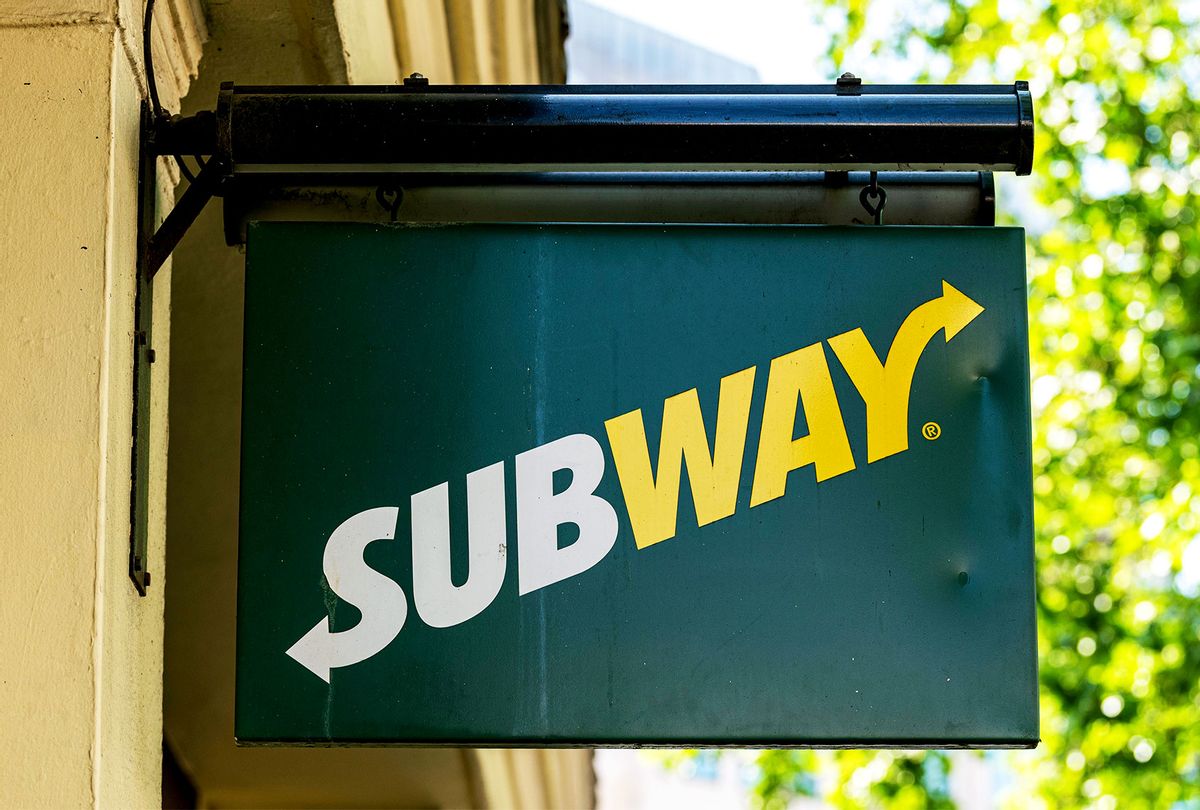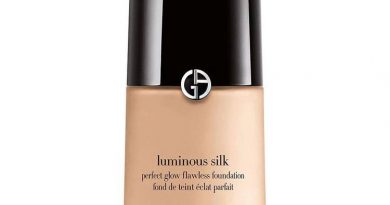Doughnut debates and seafood scams: What happens when alleged “food fraud” reaches the courts

Allegations of fish fraud at Subway continue after a federal judge refused the fast-food chain’s request to dismiss a lawsuit claiming that its tuna sandwiches “partially or wholly” lack tuna.
In January 2021, plaintiffs Karen Dhanowa and Nilima Amin filed several versions of a proposed class action lawsuit, accusing Subway of deceiving the public about the contents of its tuna, which is advertised as “100% tuna.” In a November 2021 version of the lawsuit, the plaintiffs alleged that lab testing showed a sample of the tuna contained animal proteins such as chicken and pork.
At the time, Subway dismissed the lawsuit as “reckless and improper,” and it launched several advertising campaigns — including TV spots and a new webpage — in defense of its tuna.
However, earlier this week, U.S. District Judge Jon Tigar ruled that Amin’s lawsuit should continue; the judge dismissed Dhanowa’s claims after she couldn’t confirm whether she had paid for a Subway tuna sandwich.
While Subway has conceded that its tuna sandwich does include ingredients other than tuna, the chain claims they’re ingredients consumers would expect, such as eggs from the mayonnaise used to bind the tuna salad. But the central facts of the case have not been settled, according to Tigar, as the allegations “refer to ingredients that a reasonable consumer would not reasonably expect to find in a tuna product.”
Across American courtrooms, conflicts over discrepancies between products advertised by food companies and the actual ingredients in said products aren’t uncommon.
For instance, in 2016, a California man named Jason Saidian sued Krispy Kreme because its maple bars didn’t contain actual maple syrup; its glazed blueberry cake doughnuts didn’t contain actual blueberries; and its chocolate iced, raspberry-filled doughnuts didn’t contain real raspberries.
According to a 2017 court filing, Saidan alleged that he had purchased the products believing “they contained the ingredients referenced in the product name” and that “such belief was not unreasonable because [n]o ingredient list is provided or available to costumers [sic] in Krispy Kreme stores.” Saiadan further claimed that he would not have purchased the products, or would have paid significantly less for them, if he had known they didn’t contain the relevant “Premium Ingredient.”
Saidan also claimed that other consumers may have purchased the doughnuts specifically for the blueberries, as berries “have the potential to limit the development and severity of certain cancers and vascular diseases . . . and neurodegenerative diseases of aging.”
The court, however, didn’t seem to buy the idea that consumers were buying doughnuts en masse for their health benefits; the case was ultimately voluntarily dismissed with prejudice.
That same year, a man named Alexander Forouzesh attempted to mount a class action suit alleging that customers ordering cold beverages from Starbucks had received less liquid than advertised, as ice may take up as much space as 10 fluid ounces. That case was quickly dismissed by U.S. District Judge Percy Anderson.
“If children have figured out that including ice in a cold beverage decreases the amount of liquid they will receive, the court has no difficulty concluding that a reasonable consumer would not be deceived into thinking that when they order an iced tea,” Anderson wrote. “That the drink they receive will include both ice and tea and that for a given size cup, some portion of the drink will be ice rather than whatever liquid beverage the consumer ordered.”
The decision in the Subway case won’t likely be so cut-and-dry.
As Salon’s Matthew Rozsa reported in 2021, fish fraud is rampant — and Subway’s tuna scandal is just the tip of the iceberg.
“In the United States, studies released since 2014 found the average fraud rate (weighted by sample size) to be 28%,” Rozsa wrote. “Worldwide, Asian catfish, hake and escolar were the fish most commonly substituted; more than half of the replacement fish (58%) were from species that could get certain consumers sick.”
According to Kevin McCay, the chief operations officer of the sustainable seafood company Safe Catch, the waters get increasingly murky when looking at how fish is marketed.
“We hear confusion from consumers all the time about which fish are good to eat and which are not,” McCay said. “So, we are not very surprised that those same consumers would also be questioning the transparency of a large company like Subway.”
He continued, “Some companies may look for ways to reduce their costs, but it’s critical that this does not come at a cost to customers. Transparency in seafood is important for both customers and for the integrity of the industry. Food purity matters. Transparency matters.”
For instance, it’s very common for consumers to buy or be served “light tuna,” which is actually a mixture of several smaller tuna species, such as skipjack, tongol and yellowtail. From the packaging, customers may believe they’re only eating one species of fish. Subway lists its tuna as being “flaked tuna in brine” and maintains that it’s FDA-regulated importers “use only 100% wild-caught tuna from whole round, twice cleaned, skipjack tuna loins.”
That doesn’t account for the other animal proteins — like pork and chicken — which the lawsuit alleges were found in the chain’s tuna salad. The U.S. District Court for the Northern District of California, however, dismissed the part of Amin’s suit claiming that “a tuna salad, sandwich or wrap contains 100% tuna and nothing else.”
For now, what else such a tuna product may contain remains up to the court. Before the case moves to the next stage, Tigar gave Amin three weeks to respond to that portion of his ruling.
Salon reached out to Subway about the ongoing litigation but did not hear back by the time of publication.
Read more
about fish and Subway


